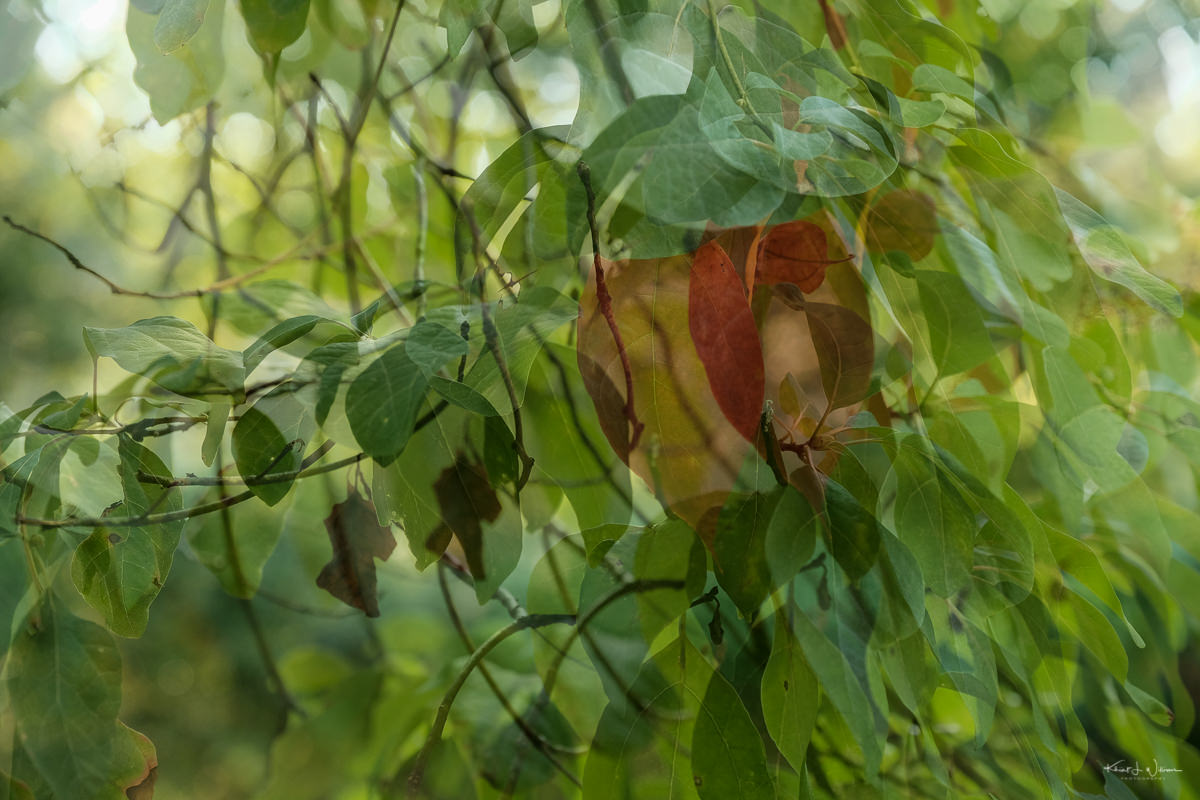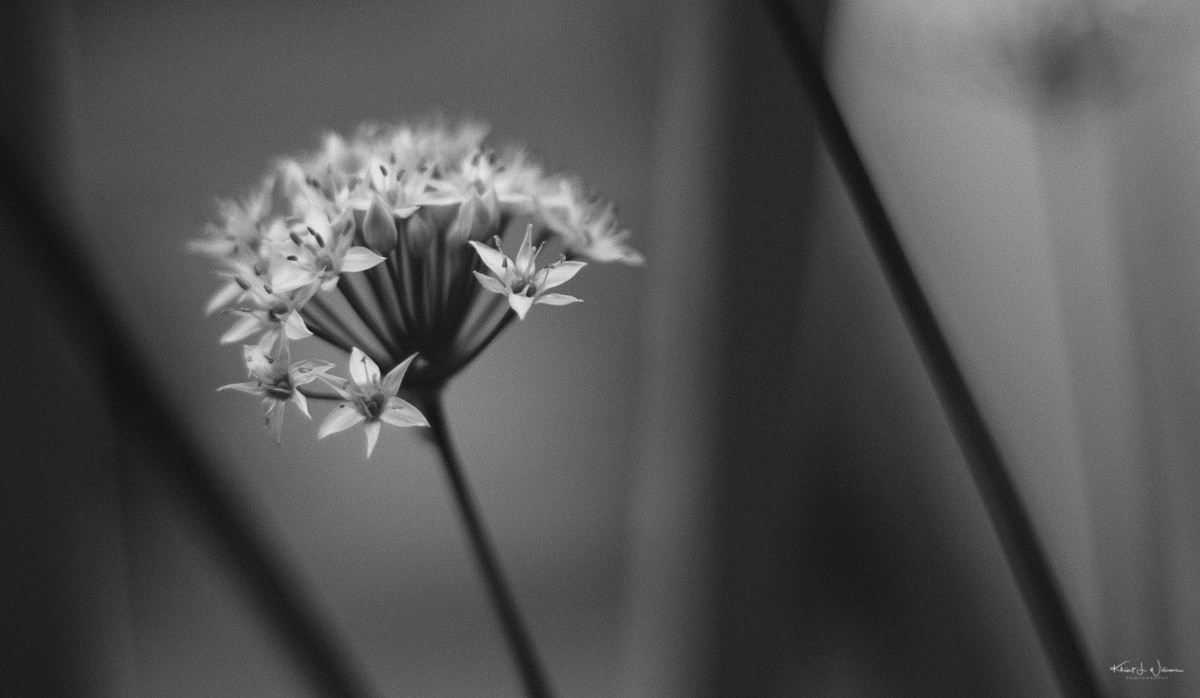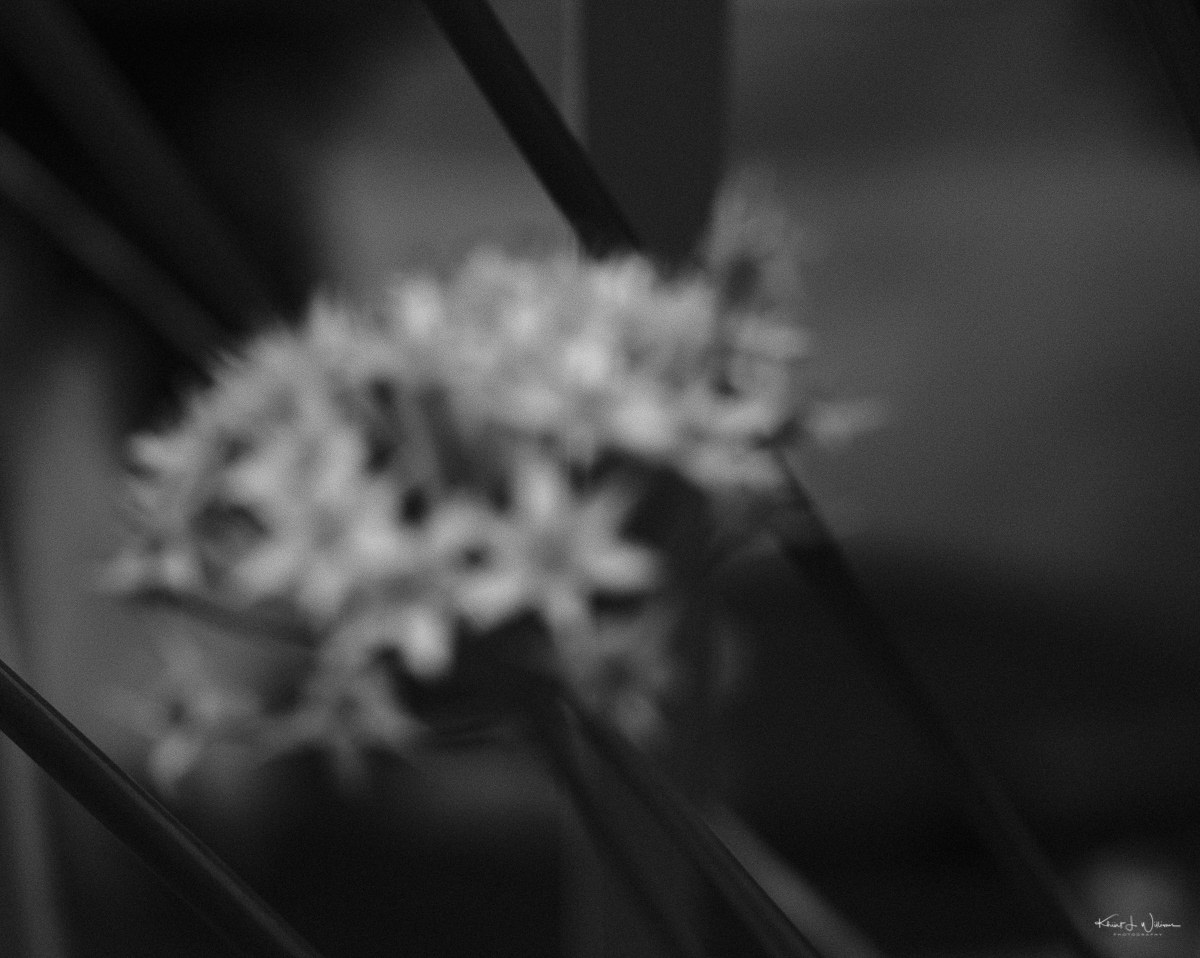2019, like 2018, was challenging due to health issues. Diagnosed with Graves Disease, I struggled with thyroid imbalances, affecting my mental and physical health. Despite various medications, my autoimmune system continued to attack my thyroid, causing symptoms like anxiety and weight loss. I lost 30 pounds before surgery.
Balancing this with a new client on Wall Street, I worked a hybrid schedule: two days from home and three in the office. Remarkably, I missed only three days for surgeries, managing to complete all client work.
It was challenging. One day, I broke down, immobilized on a Manhattan sidewalk, overwhelmed by hormones. My wife, unable to assist from Princeton, offered support over the phone. Two days later, I was in the emergency room for observation.
My medical team advised a thyroidectomy. In late 2018, I underwent successful surgery, leading to a lifetime of Synthroid medication.
Recovery went well until 2019, when my immune system attacked my eyes, worsening my Graves Eye Disease. This led to proptosis, causing my eyes to protrude noticeably.
Despite medication, my condition deteriorated. In April, amidst my father's passing, I received radiation and steroids. My wife drove me 90 minutes to the Will Eyes Institute in Philadelphia for six weeks, balancing this with her work commitments. The treatment left me perpetually exhausted.
The mask made for my radiation treatments caused claustrophobia and anxiety. I took Xanax before each session, meaning I couldn't drive. Bhavna drove me to the hospital in Philadelphia and from there to my office in Iselin. I'd return by train, with Bhavna picking me up at Princeton Junction Station.
During my second treatment week, my dad passed away. The doctor advised against pausing treatments, so I missed his funeral in the Caribbean. My hair fell out, and my skin darkened and cracked around my eyes. The weight I'd lost due to thyroid disease returned, ironically, thanks to high-dose steroids.
I started therapy for anxiety, struggling with positivity. We explored stress relief through exercise and photography. I took up street photography, walking between appointments in Center City, Philadelphia.
After radiation, I faced orbital decompression surgery to relieve eye socket pressure. Risks were involved, but blindness was a potential alternative. Post-surgery, I developed strabismus, seeing double. It was supposed to be temporary but persisted, leading to another surgery in December.
I couldn't drive due to the strabismus, relying on Bhavna and ride-share services for mobility. My client allowed me to work from home, a rare concession for consultants.
Confined indoors, I missed hiking and outdoor activities. By day's end, I was emotionally drained.
On 18th December, my final eye surgery for 2019 corrected the strabismus. A few weeks later, I regained my driving ability, could hike again, and resumed photography. It marked the end of a challenging 14-week period.
I almost failed to complete my CSA CCSK course, needing an extension. Post-surgery, I dedicated weekends to studying, finally completing it. So, I bid farewell to a challenging 2019.





